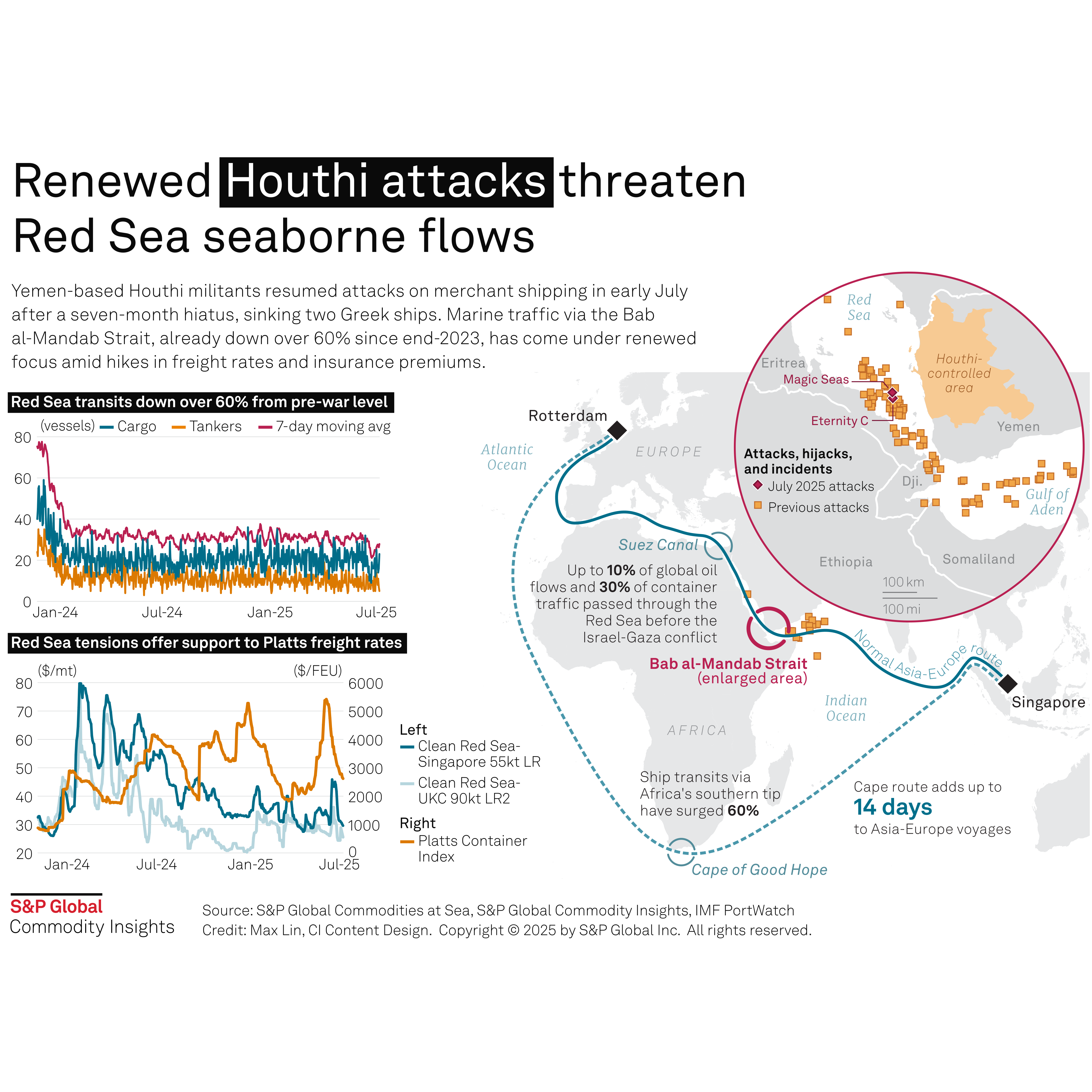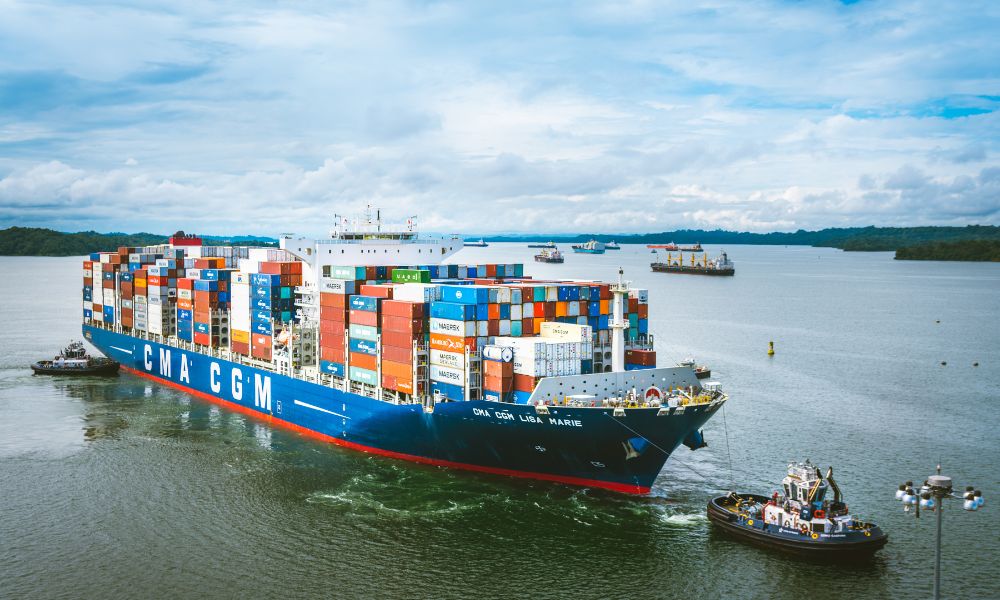Red Sea transit is highly disrupted in August 2025 due to resumed Houthi attacks, which resumed in July 2025 after a period of calm, leading to most ships rerouting via the Cape of Good Hope. Although there are ongoing multinational security efforts, the escalating threat means the route remains dangerous for commercial vessels. Shipping companies are experiencing increased costs, longer voyages, and adjusted surcharges for container and oil shipments.

What to Expect in August 2025
Ongoing Houthi Attacks:
Houthi militants in Yemen have intensified their attacks on merchant ships, including the sinking of the Eternity C.
Vessel Rerouting:
Most container ships are still rerouting around the Cape of Good Hope, adding significant time and cost to journeys between Asia and Europe.
Increased Costs:
Shipping companies are applying additional surcharges to cover the costs of longer journeys, increased fuel consumption, and higher charter rates.
Supply Chain Disruptions:
The disruptions continue to affect global supply chains, putting pressure on ports and causing capacity mismatches.
Military Response:
The US and its allies have responded with military action to protect shipping routes, though Houthi attacks persist.
Key Considerations for Transit
High Risk:
The Red Sea, including the Suez Canal and the Bab el-Mandeb Strait, remains a high-risk transit zone due to the ongoing threat of Houthi attacks.
Extended Voyages:
Rerouting via the Cape of Good Hope can extend voyages by up to 14 to 30 days.
Surcharge Adjustments:
Keep an eye on your invoices for relevant surcharges, as shipping lines like Maersk are regularly reviewing these costs.
Consult Freightways:
At Freightways, we are at the front row of global shipping and know which carriers are reliable across specific routes. For specific cargo or transit questions, contact us for the most up-to-date information and available options.

